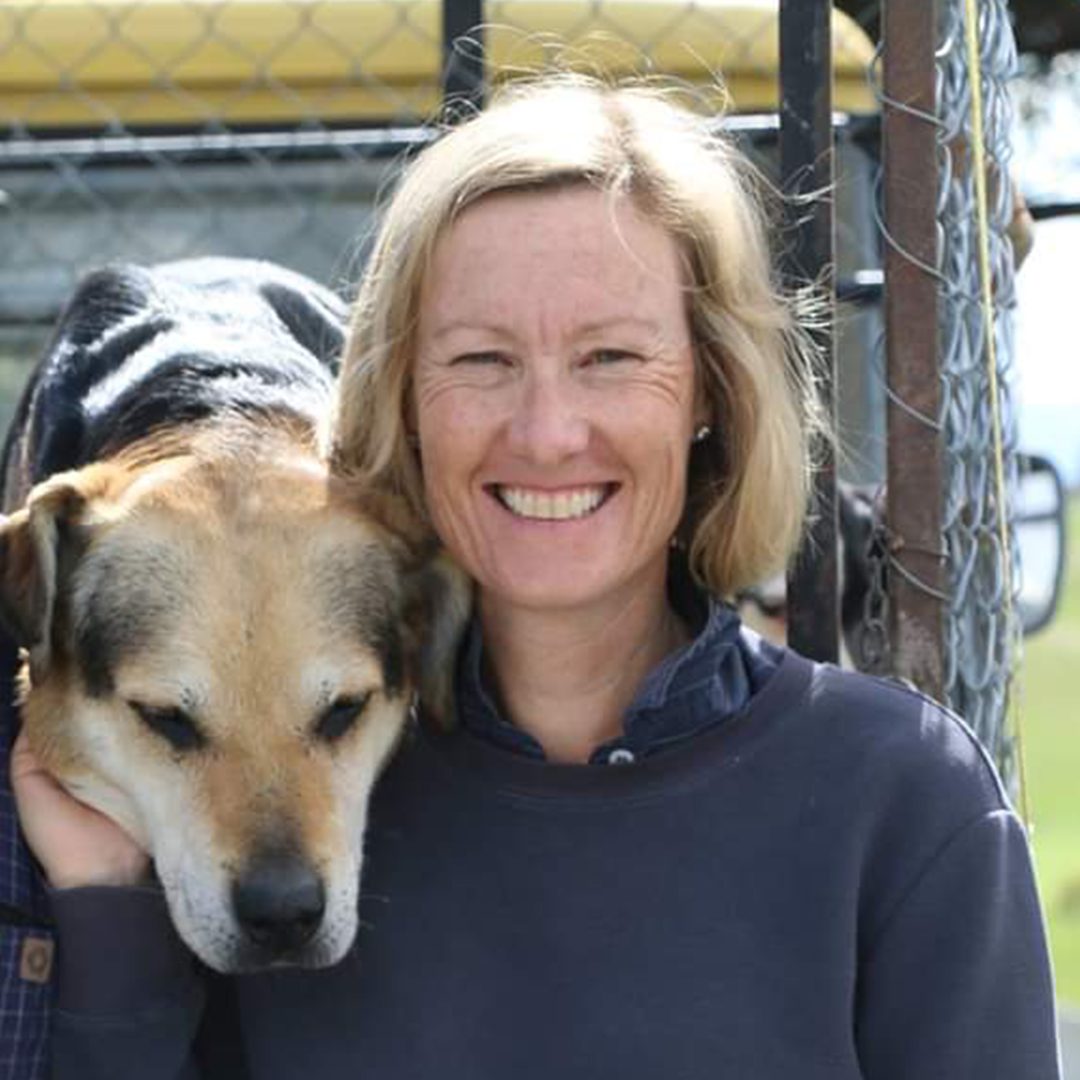When scientists crunched the numbers on controlling Chilean needle grass, it showed that it's on to spend money now to stop it spreading and further pain down the track. A recent paper by AgResearch concludes it's a smart idea to have nationally coordinated surveillance and control across New Zealand.
Chilean needle grass (Nassella neesiana) is known to have already taken hold in Hawke’s Bay, Canterbury, and Marlborough. Its sharp penetrating seeds cause blindness in livestock, pelt and carcass damage, and the loss in pasture quality and grazing access leads to farm production taking a financial hit.
It is one of approximately 22,000 species of introduced plants in New Zealand. The scientific challenge is to identify those that pose an economic or environmental threat before they become widespread. These sleeper weeds can then be prioritised by authorities such as regional councils and the Department of Conservation for management to prevent their spread.
 Close up of Chilean needle grass // Image supplied
Close up of Chilean needle grass // Image supplied
Scientists worked this out using climate forecasting to see what would happen over 200 years if left unchecked. If it covered up to 90% of possible sites within just 100 years, it has a potential impact of $1,160 million. Modelling shows it could spread across all 16 regions, except the West Coast. Only three regions currently have this dominant grass with a penetrating seedhead - Marlborough, Canterbury and Hawke's Bay.
It is tough on man and beast. Its seeds cause blindness in livestock, pelt and carcass damage, and the loss in pasture quality and grazing access leads to farm production taking a financial hit. Human activity can move it around. In Genoa, Italy, it was found growing near tanning works that have processed hides from Argentina. Closer to home, the first incursion into North Canterbury was from sheep from an infested farm 200km away.
Scientists Graeme Bourdot and Christopher Buddenhagen used the app 'Cost Benefit Analysis for Regional Pest Management' to run the figures.
Canterbury, with its much larger area of climatically suitable land and a similar size to the initial infested area, could justify the larger annual investment for control of NZ$651,983, the report said.
Politically it's hard to keep the foot on the weed-control peddle. Its animal welfare effects provide an added incentive, however, said the Report.












